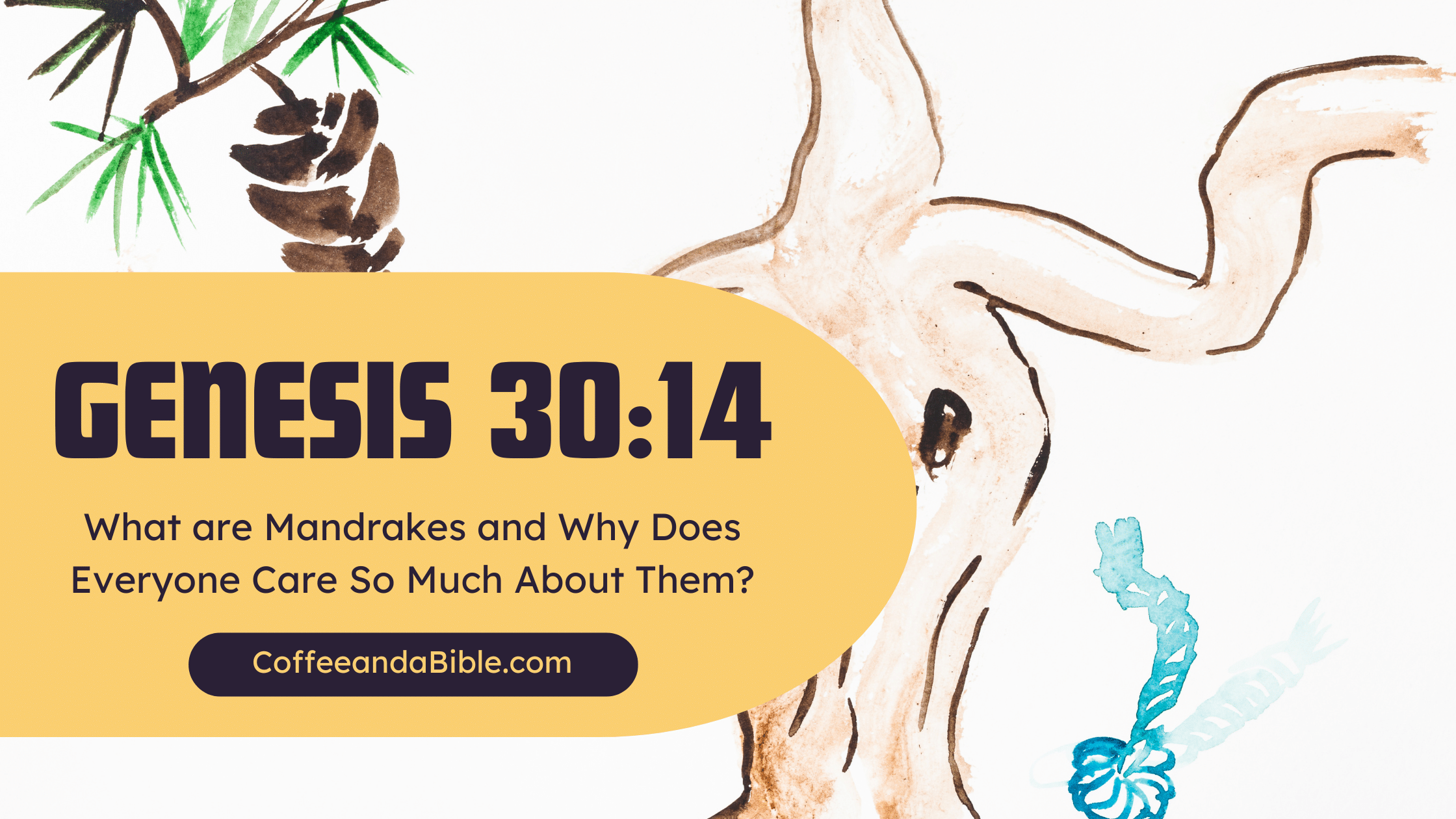The infamous “battle over the mandrakes” in Genesis 30 is part of why I wanted to blog the Bible. I’ve read this story countless times, but not once have I ever stopped to consider what a mandrake is.
Or, for that matter, why they’re so valuable that Rachel and Leah “barter” with each over for them, using Jacob as the price.
To put it in context, Genesis 30 sees an enormous battle between the two sisters as to who can have the most kids. Both are barren (Rachel initially, Leah eventually) so they give their handmaids to Jacob to bear children for them.
By this point, Rachel has two children (through her maid Bilhah), and Leah has six — four of her own, and two through her maid Zilpah.
Then, Reuben, Leah’s oldest son, finds some mandrakes in the field.
They’re called mandrakes because their root system literally looks like the shape of a human. I’m not kidding; they’re kinda creepy looking when you see pictures and drawings of them.
But the shape of them is not what makes them so valuable. In ancient times, they were thought to be a powerful aphrodisiac in addition to helping with infertility. Solomon even refers to them in Song of Solomon 7:13.
Nooooow, it makes more sense as to why both sisters want them.
Rachel “buys” them from Leah in exchange for giving Leah the rights to Jacob for a night. Rachel would take the next night. Jacob is informed of this trade when he comes in from the field for the night.
They must’ve worked, because the two sisters combine for three more kids: Zebulun, Joseph, and the one daughter, Dinah.
Is it an odd bargain? Sure, but strangely enough, it seems to be a better option than how things had originally gone between the two of them.
